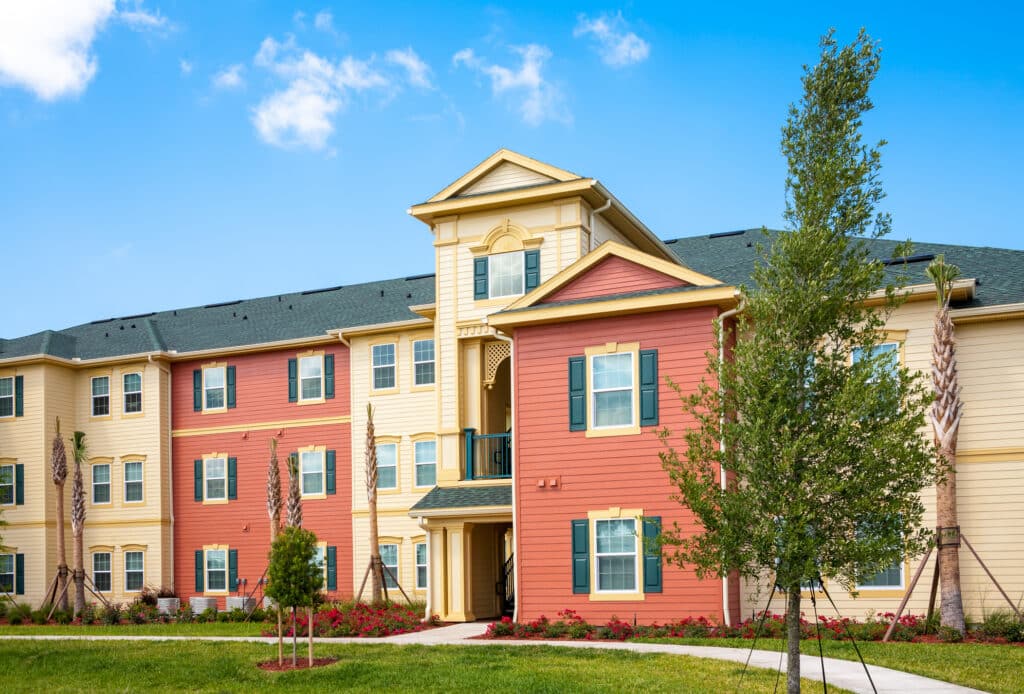
Senior housing trends: The age of opportunity
Rising demand and tight supply are shaping senior living development
The senior housing industry in 2025 is positioned for significant growth, driven by surging demand from an aging population and recovering market fundamentals. Occupancy rates are projected to reach 88% by the end of the year, up from 87% in 2024, reflecting steady absorption as baby boomers enter the 80+ age group. Rent growth remains robust, at an estimated 5% for 2025, as supply struggles to keep pace with escalating demand.
Supply constraints, exacerbated by higher interest rates and limited capital availability, are creating opportunities for developers to address unmet needs. Construction starts are near historic lows, and the industry faces a significant supply gap, with projections suggesting a need to double the development pace by 2030 to meet demand. Meanwhile, existing facilities are undergoing modernization to attract a new generation of residents with preferences for lifestyle-oriented amenities and wellness-focused living.
Aging properties drive need for modern senior housing solutions
The aging housing stock is another challenge, as nearly half of current senior housing was built before 2000 and struggles to meet modern expectations. This trend, combined with rising consumer wealth and a rapidly expanding 80+ population, highlights the urgent need for new inventory and substantial reinvestment in the sector.
Design and construction strategies for future-ready senior housing
Wellness-focused design for senior living communities
Senior housing designs are increasingly centered around wellness, incorporating fitness centers, outdoor spaces, and therapeutic environments. Biophilic design elements like natural lighting, indoor gardens, and calming aesthetics promote physical and mental well-being.
Community amenities that support social and active lifestyles
Developments are prioritizing spaces that encourage social interaction, such as communal dining areas, hobby rooms, and multipurpose event spaces. These amenities cater to residents’ desire for connection and active lifestyles, setting a higher standard for community living.
Flexible floor plans for evolving care needs
Senior housing is moving forward with adaptable designs that support independent living, memory care, and everything in between.
Sustainable and energy-efficient senior housing solutions
Eco-friendly construction materials and energy-efficient systems are becoming standard. When implemented wisely, these measures can reduce operating costs and appeal to both residents and investors.
Smart technology integration in senior living design
Smart technologies, including telemedicine capabilities, emergency monitoring systems, and app-based resident services, are modernizing housing operations. Designs are increasingly tech-friendly, incorporating infrastructure for seamless connectivity and future upgrades.
Modern interior design trends in senior living facilities
To attract the next generation of residents, senior housing developers are moving away from institutional designs toward modern, inviting aesthetics. This includes hotel-inspired interiors, vibrant color schemes, and high-quality finishes.
Checklist: Must-have features in new senior housing developments
- Biophilic features
- Comfortable common areas
- Eco-friendly systems
- Energy-efficient technology
- Fitness and wellness spaces
- Flexible social spaces
- High-speed internet
- Upscale, hotel-inspired design
- Modular layouts
- Smart health tools
- Spaces for all care levels
- Versatile activity areas
Excerpted from DBS Group’s 2025 Trend Report. Download the full report here.